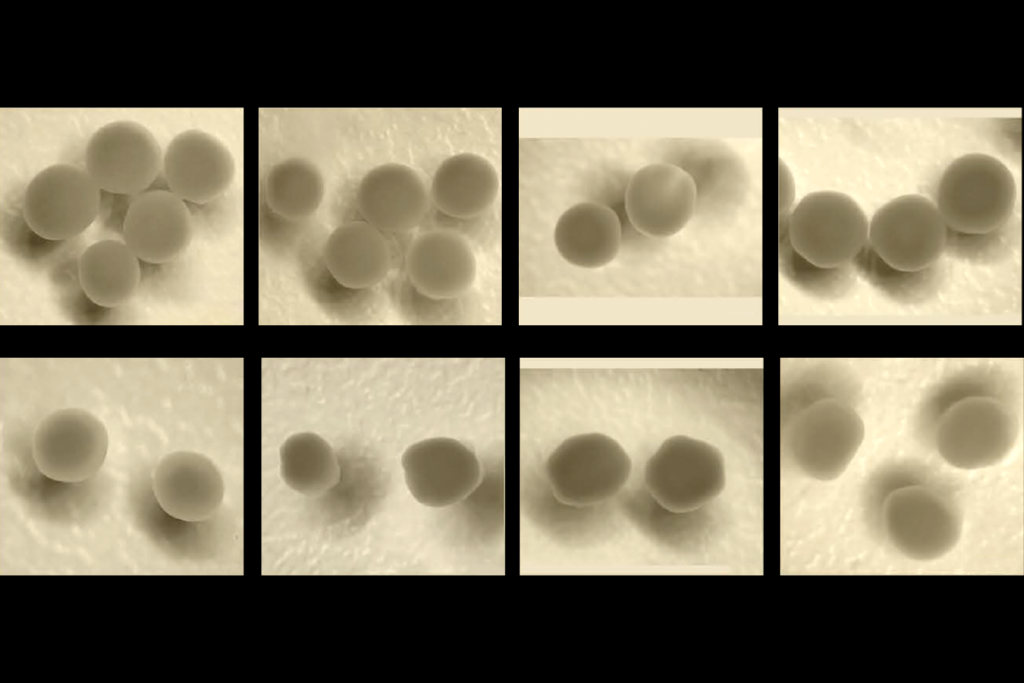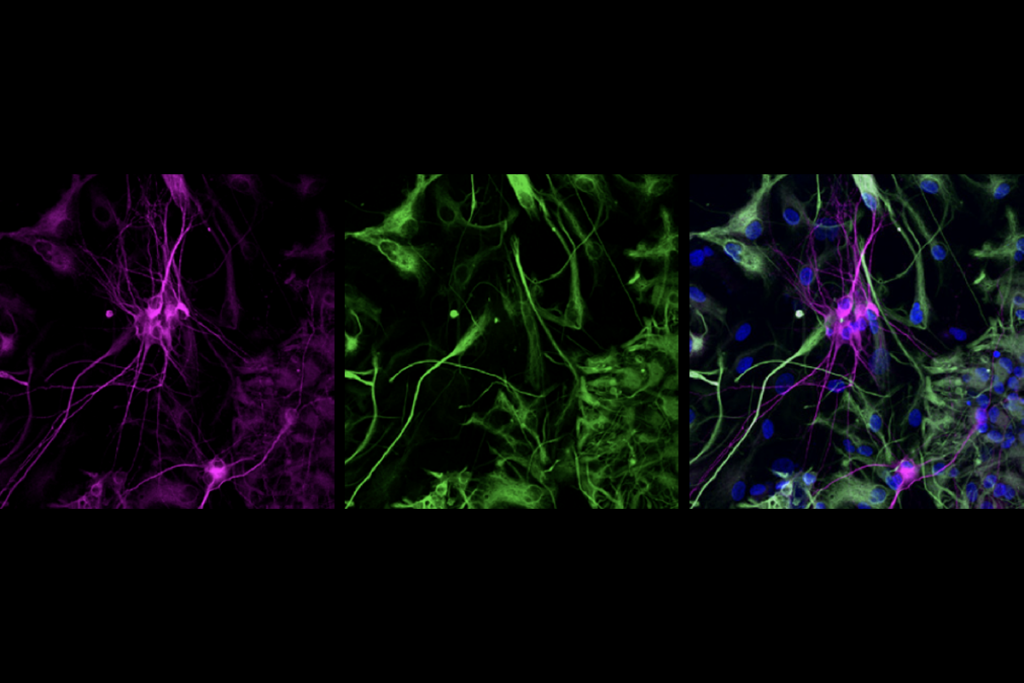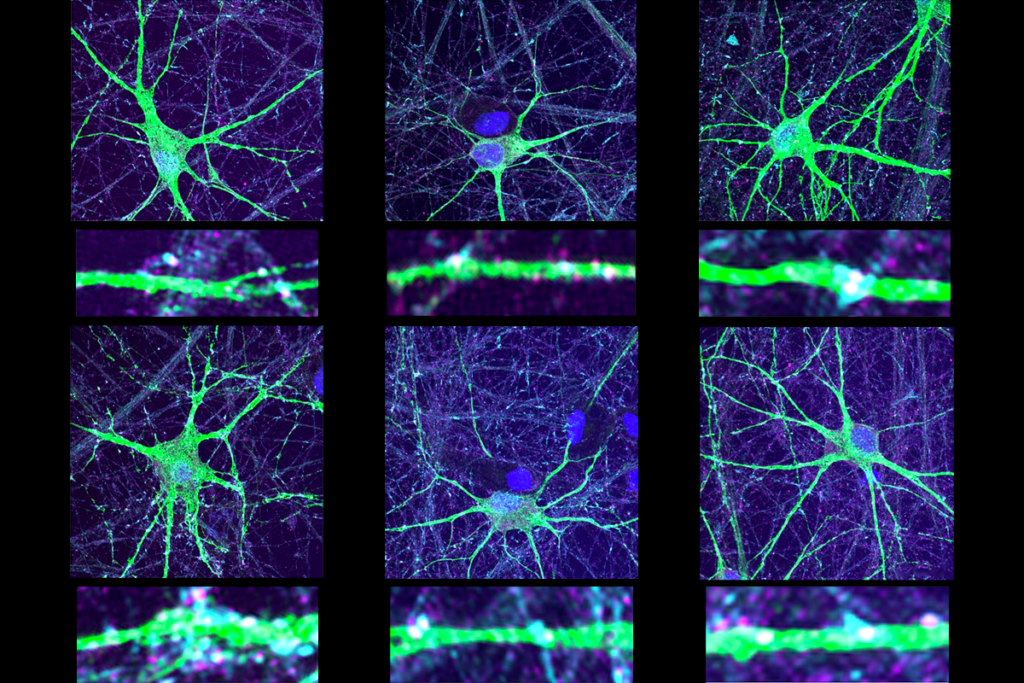New algorithm maps cells to their locations in the brain
A new computational model predicts the sites in the brain of 64 types of neurons, researchers reported 8 April in Proceedings of the National Academy of Sciences.
A new computational model predicts the sites in the brain of 64 types of neurons, researchers reported 8 April in Proceedings of the National Academy of Sciences1.
The algorithm uses data from the Allen Mouse Brain Atlas, which maps the expression of thousands of genes at nearly 50,000 individual sites in the mouse brain. The atlas does not indicate the type of cells present at each location, or whether genes found in the same location are expressed in the same cell.
Researchers have also documented the genes expressed by different cell types2.
In the new study, researchers developed a method that brings these two pieces of information together. They created an algorithm that matches a given gene’s expression as mapped by the atlas with information about which cell types express that gene. This effectively maps the location of different types of cells.
The researchers tested the algorithm by using it to predict the location of cell types known to reside in specific brain regions.
For example, the algorithm correctly traced cerebellar granule cells to the cerebellum and medium spiny neurons to the striatum. Pyramidal neurons originally removed from the amygdala mapped to the cerebral cortex as well as to the amygdala.
Researchers can use the method to parse the role of subgroups of neurons across the brain, and to better understand the effect of certain mutations in the brain. With more data, they may also be able to look at a particular brain region and identify the cell types present.
References:
1: Grange P. et al. Proc. Natl. Acad. Sci. USA 111, 5397-5402 (2014) PubMed
2: Okaty B.W. et al. PLoS One 6, e16493 (2011) PubMed
Recommended reading

Parsing phenotypes in people with shared autism-linked variants; and more

Boosting SCN2A expression reduces seizures in mice
Explore more from The Transmitter
Ant olfactory neurons reveal new ‘transcriptional shield’ mechanism of gene regulation

The visual system’s lingering mystery: Connecting neural activity and perception

